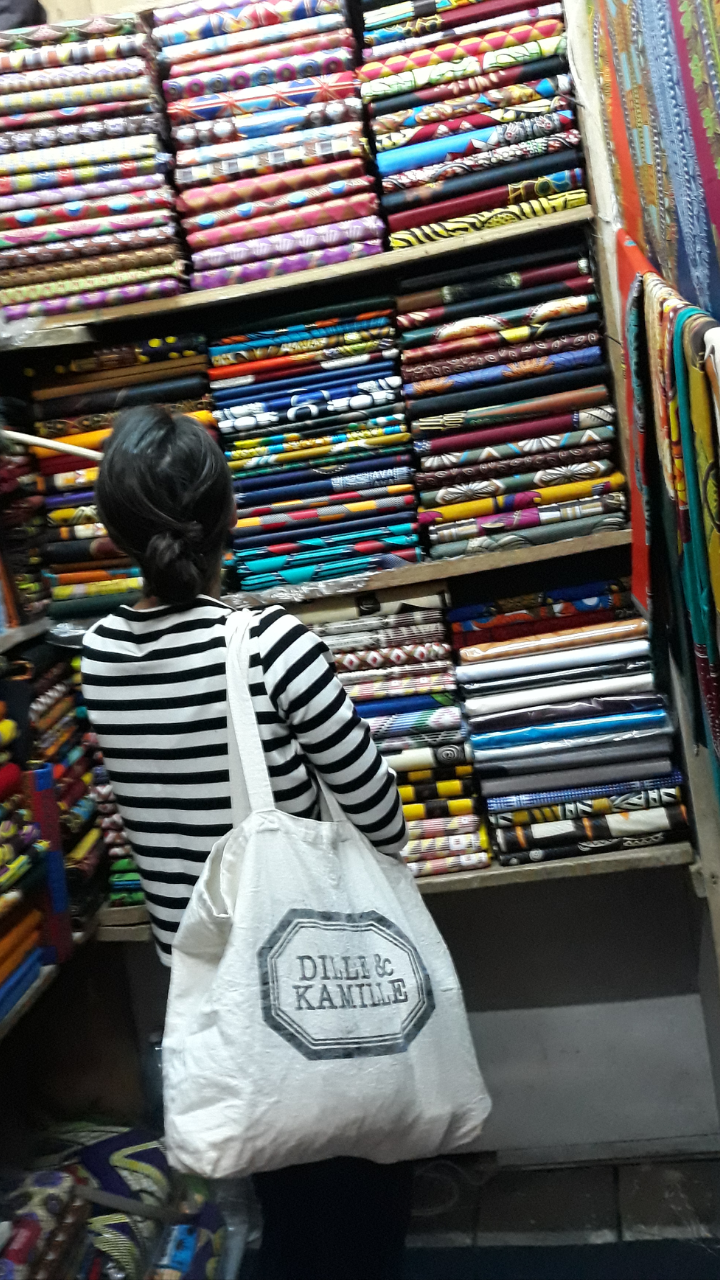The MOYO Story
I can’t really say it was love at first sight.
Traveling between the peaceful and structured Holland and Nairobi, Kenya, does not always come without challenges. It took some months as I started to settle in the new double life between the two continents when I began to realise the magnitude of the beauty I was surrounded by, and the dire need for work opportunity Kenya is struggling with. I don’t remember when or how I fell in love with Africa, but now I feel compelled to combine the love I have for the people here with how I feel about fashion.
MOYO (meaning 'heart' or 'soul' in Swahili) was born as both a concept and a design, as I believe beauty can be expressed through fashion in an ethical and sustainable way, with a heart for both people and product. To bring my designs to life, I chose to work with The Textile Loft, a group of five Kenyan seamstresses as well as to buy fabrics locally with the ultimate goal of contributing to the local economy by promoting the craftiness of kenyan artisans. So on top of a good quality end product, MOYO also empowers women and promotes good working conditions and fair salaries, in line with the principles of slow fashion.
Fast vs Slow Fashion
Competition between labels, accessibility of fashion trends and the decrease in prices are only a few factors that supported the idea of ‘fast fashion’ — shoppers constantly consuming products and garments hitting stores sometimes only a week after the design was approved. According to “The True Cost”, a 2015 docudrama about the fashion industry, worldwide we consume 80 billion new pieces of clothing every year, wasting 11 million tons of textile in the U.S. alone. Clothes no longer tell a story for most people, they become disposable. The environmental impact is huge.
The concept of slow fashion was introduced in 2017 as a direct response to the fast movement, promoting good quality garments, a clean process that does not harm the environment and fair conditions and pay for producers. In line with this trend, MOYO is developing garments with an emotional and cultural connection, ensuring high quality, which eventually leads to a larger lifespan.
Working with a small production studio also allows me to have a smaller line, which in turn allows me to inspect each item independently and make sure it meets the standards. It also created a connection with those who run The Textile Loft, emphasizing the feeling of familiarity and sustainable fashion.
Minimalism with a touch of colour

It’s only natural that a country where the lowest temperature is 62°F (17°C) will have sunny, colourful patterns well rooted into its culture. And this is what strikes you most when you find yourself roaming the streets of Nairobi, the abundance of colors in contrast with the socio-economic conditions. And it’s exactly those African patterns that are worth exploring, especially when the goal is to provide jobs and bring something back to the economy.
Through MOYO I chose to bring to life the new wave of minimalism in fashion design by adding color to specific garments. I use Kitenge or Dutch Wax Print — an African cotton print in various colours, the type of fabric you see Kenyan women wearing — for some of my designs and simple, pure fabrics for others, as a way to reflect the cultural diversity of the African continent reaching to both Western and African identity.
And now you can too fall in love with our patterns online, as MOYO is available as a web store. Join our journey to learn more about what we do and how we do it. And maybe later you’ll feel inspired enough to take a trip to Kenya and allow yourself to be immersed in the culture.

Leave a comment